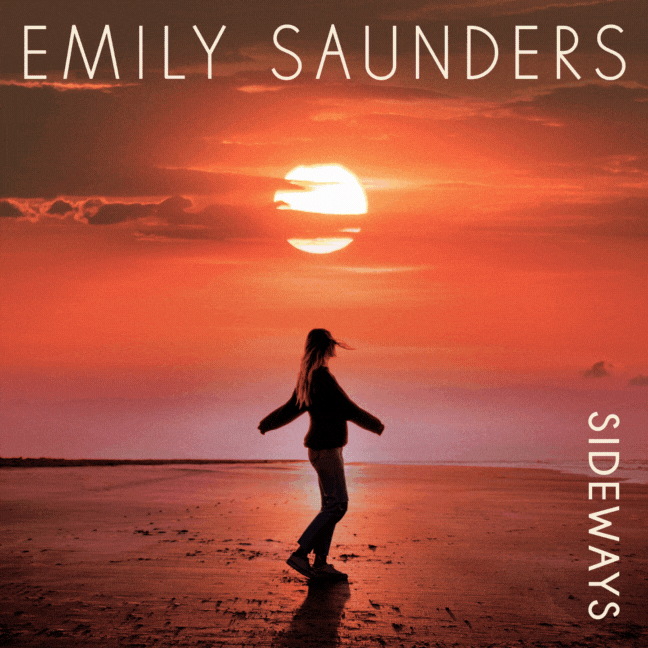“A player archetypal of his generation of London-based, jazz-apprenticed session men”, trumpeter Eddie Blair was a stalwart of the ‘golden era’ of the Ted Heath band, a member of the Johnny Dankworth Seven in its heyday, and a a key inspiration for Kenny Wheeler. He passed away on Boxing Day 2020 at the age of 93. Simon Spillett pays tribute to “a master craftsman who rarely – if ever – put a musical foot wrong”:

Eddie Blair: Screenshot of a 1964 All-Star Jazz Session on Jazz 625.

Eddie Blair’s 1949 Melody Maker Award – obverse and reverse. Photo courtesy of Kate Barrett

Eddie Blair, Cleo Laine, John Dankworth. Venue and date unknown. Picture courtesy of Kate Barrett.

BACK: Keith Christie (trombone), Les Condon (trumpet), Eddie Blair (standing, soloing), Bobby Orr (drums), Jeff Clyne (bass), Bobby Pratt, Jimmy Deuchar (trumpets). (also Jan Orr, left) FRONT: Ronnie Scott, Alan Branscombe, Tubby Hayes, Jack Sharpe (saxophones). Downbeat club, Manor House, London, 1960. Photo from Simon Spillett Collection.
















Gregory Whitfield has sent in more information:
Thanks for the memorial page — I enjoyed reading it — if I may add a lesser known detail about Eddie Blair’s musical work — unlikely as it may seem in relation to Eddie’s age and other musical output, Eddie Blair also played on some ground breaking heavyweight sound system dubplates produced for I Jah Man Levi and the legendary Jah Shaka – alongside Adrian Brett, Alan Beevor, and Jim Buck, Eddie played in the horns section on I Jah Levi’s ‘I’m a Levi’ — here’s his Discogs credit —
https://www.discogs.com/release/4070267-I-Jah-Man-Haile-I-Hymn-Chapter-One
And if you want to hear how his record for them actually sounded, here’s a link — Jah Shaka, warrior sound system style —
https://youtu.be/VBO55O_fbZQ?list=PL-05oPPJFQsTFFnSY87RzG0tbcgNEi5DY&t=73
and here’s the studio version,
https://www.youtube.com/watch?v=pvUqdOYOvAg
The project was overseen and arranged by British classical composer Harry Macleod Robinson.